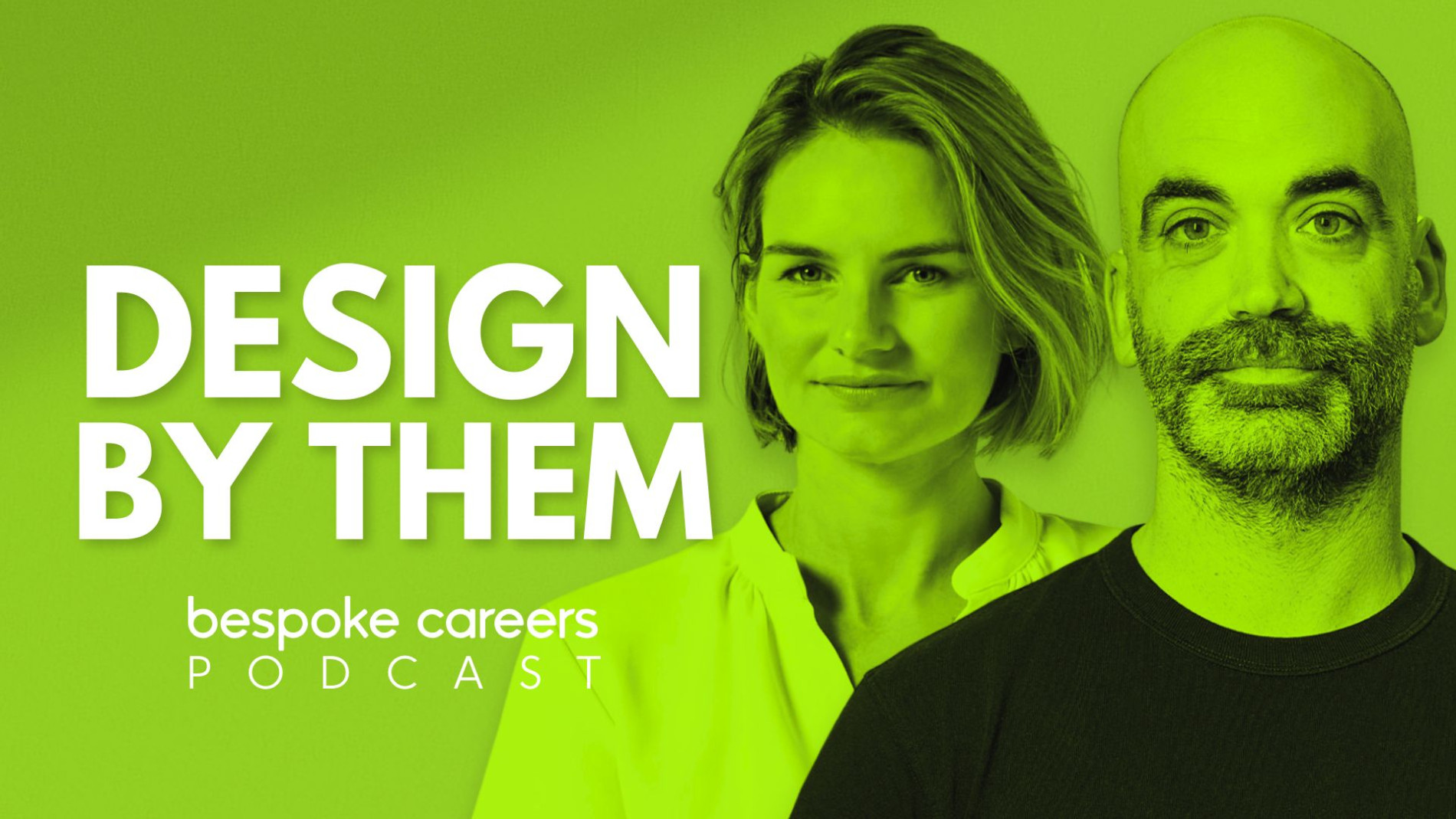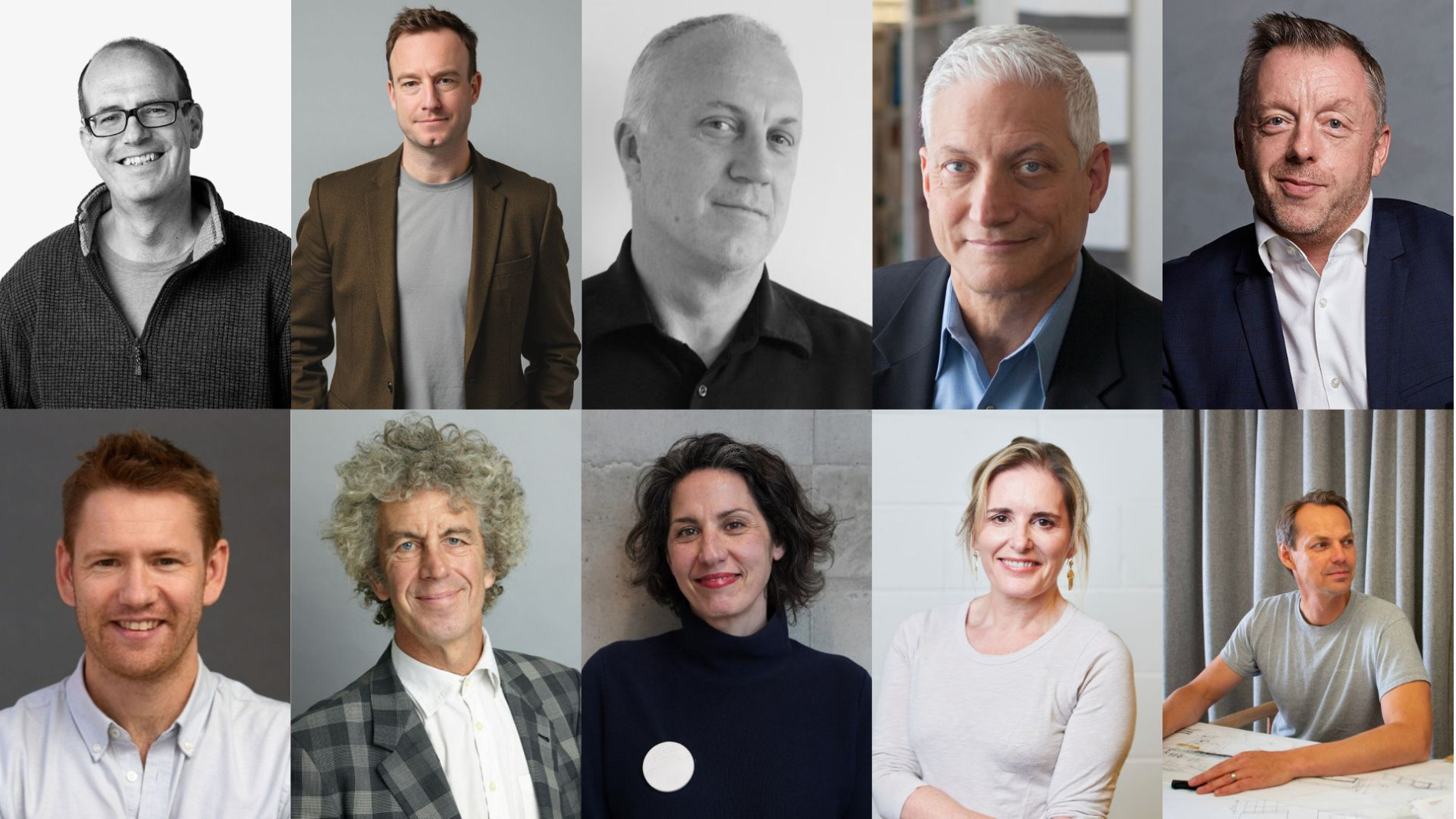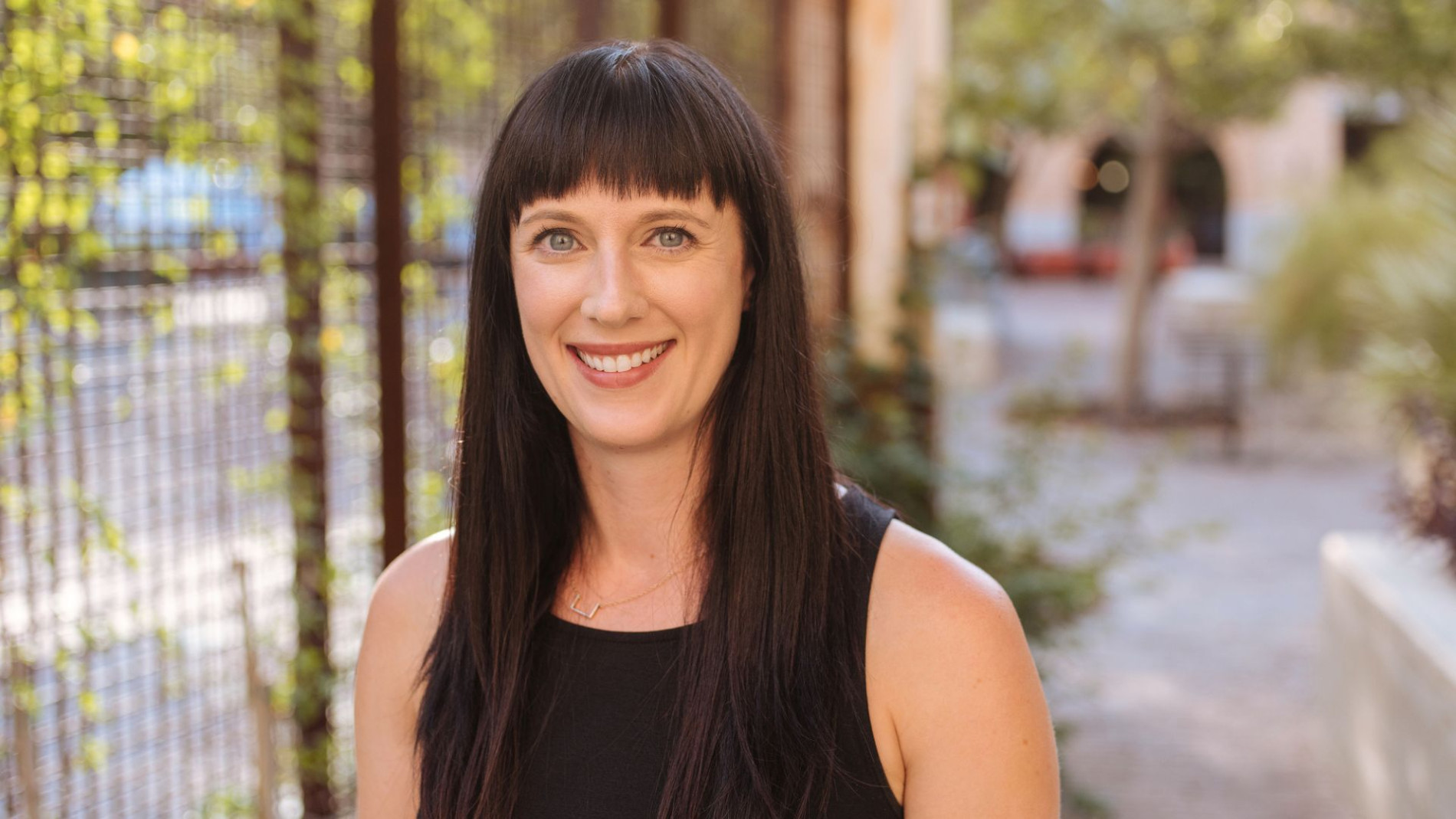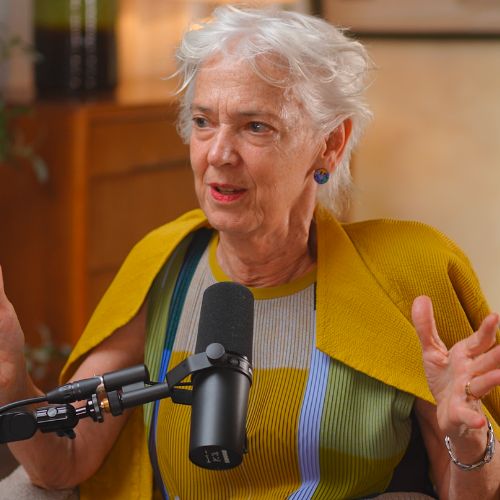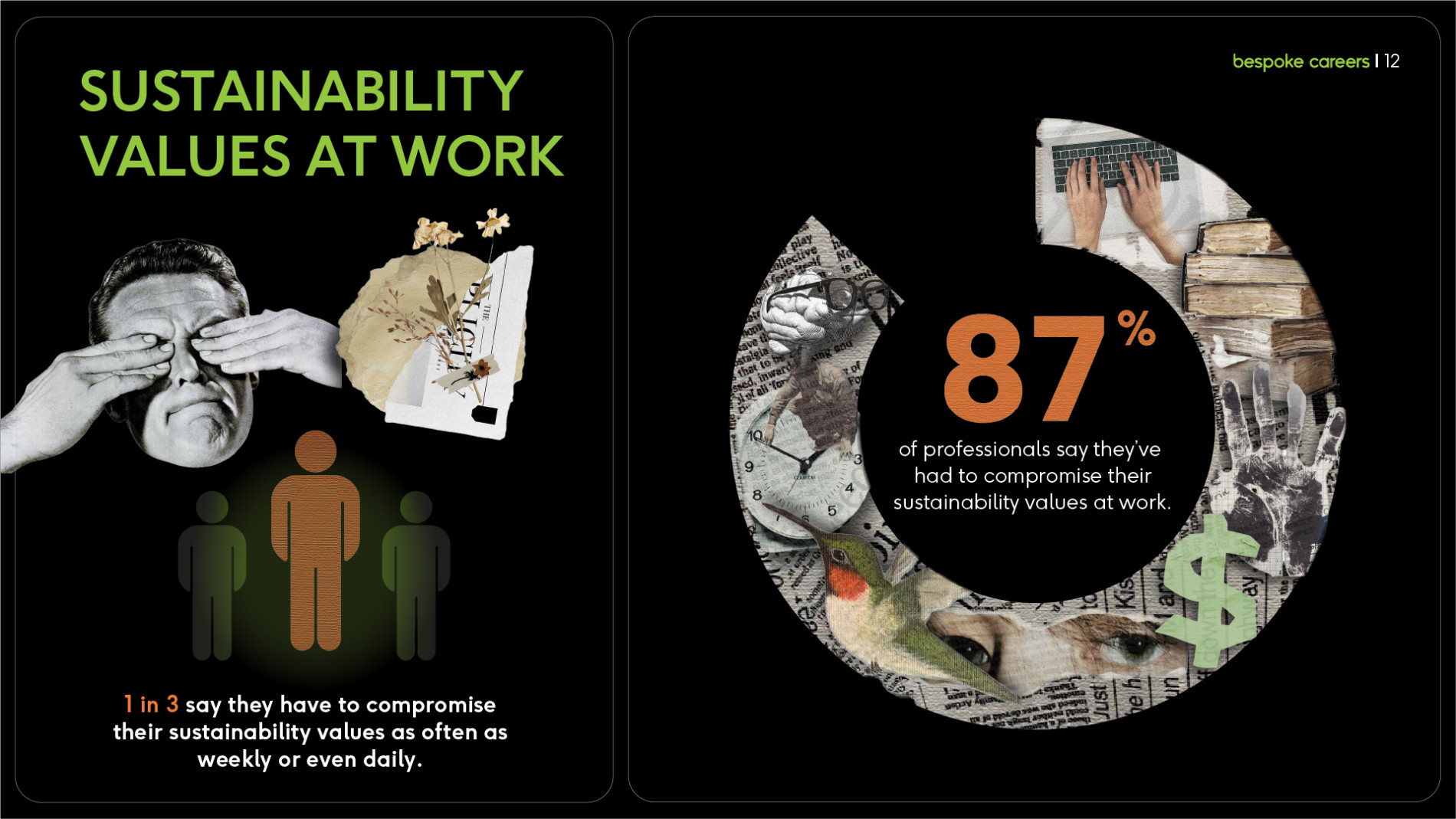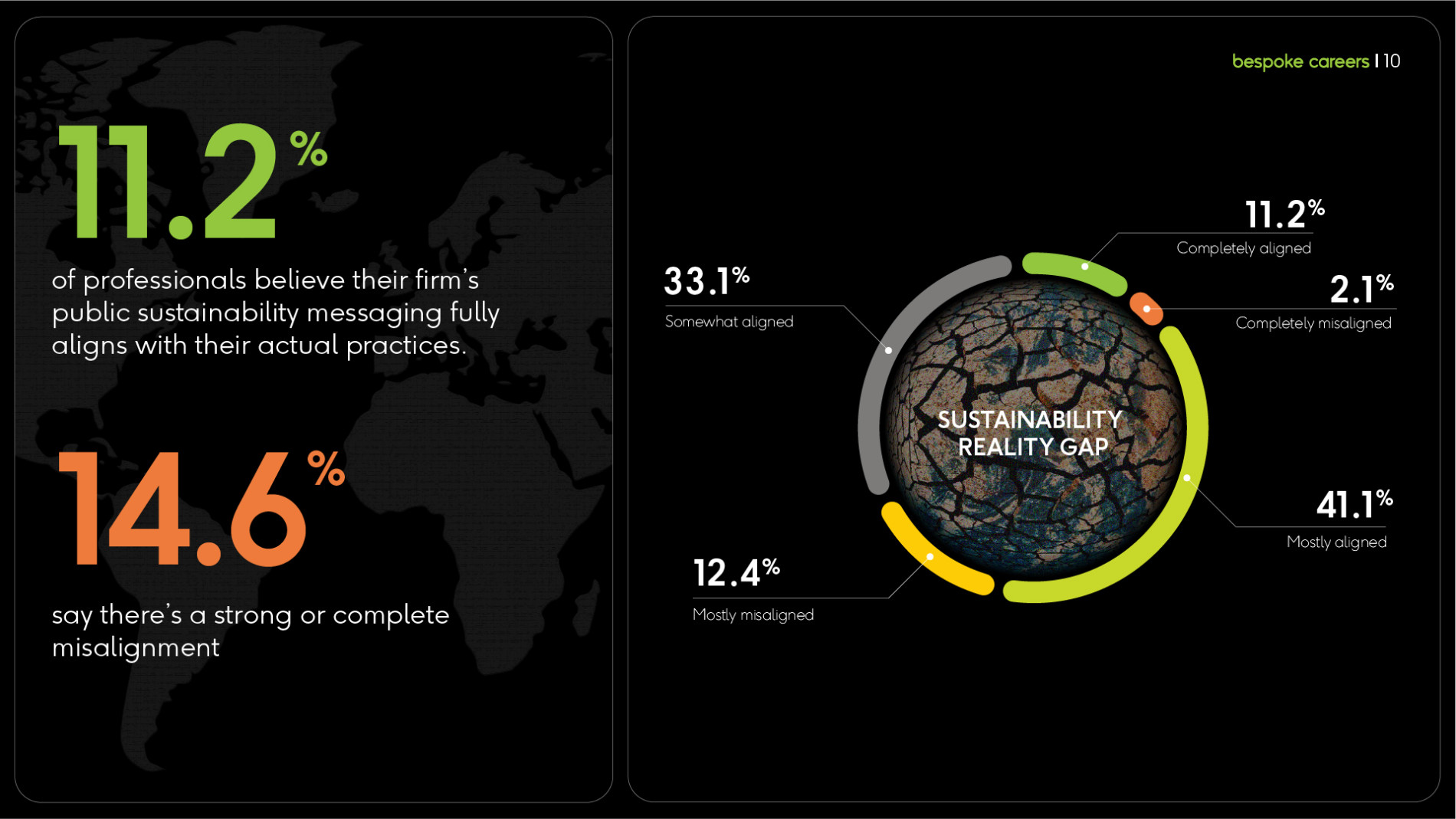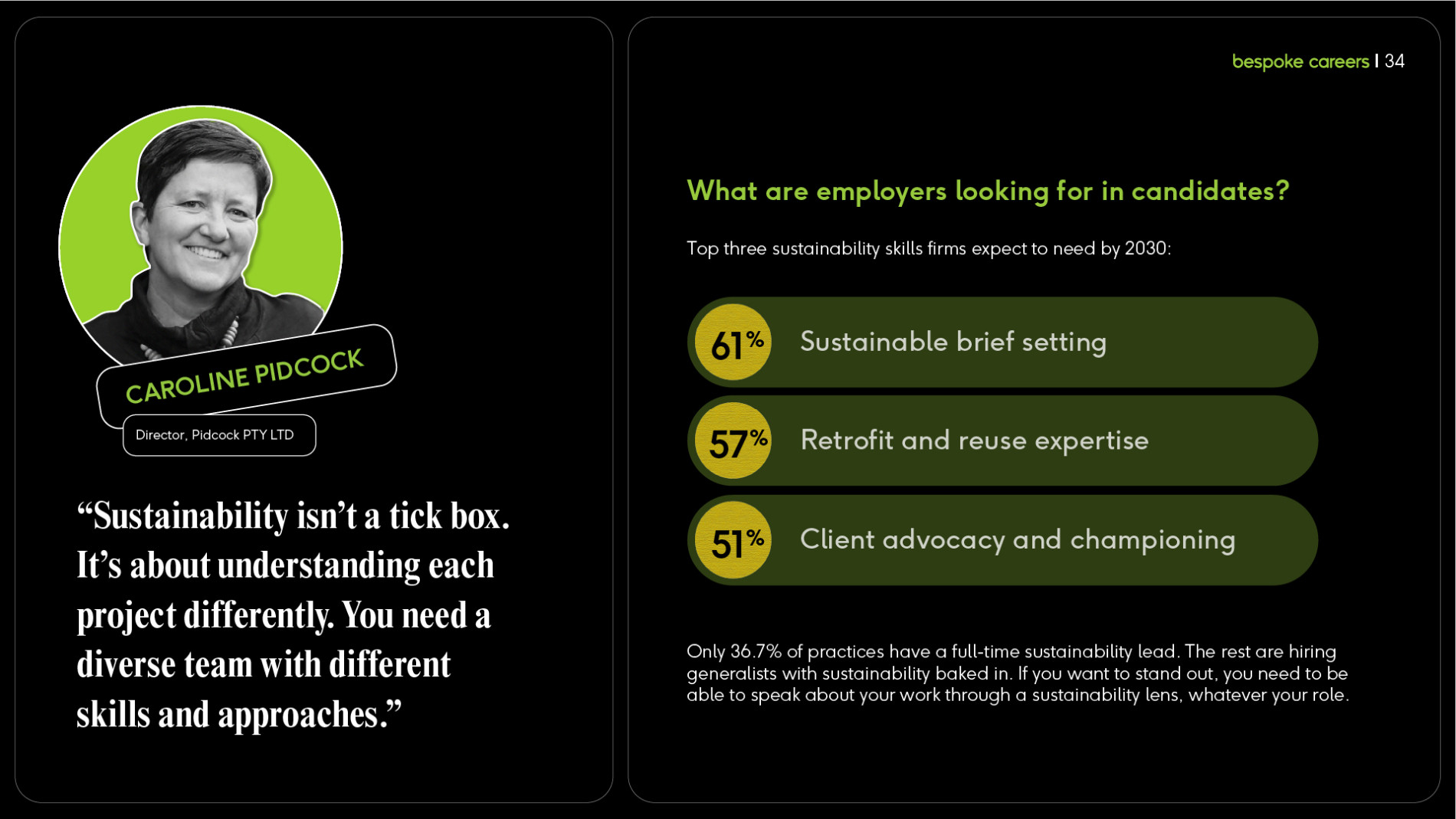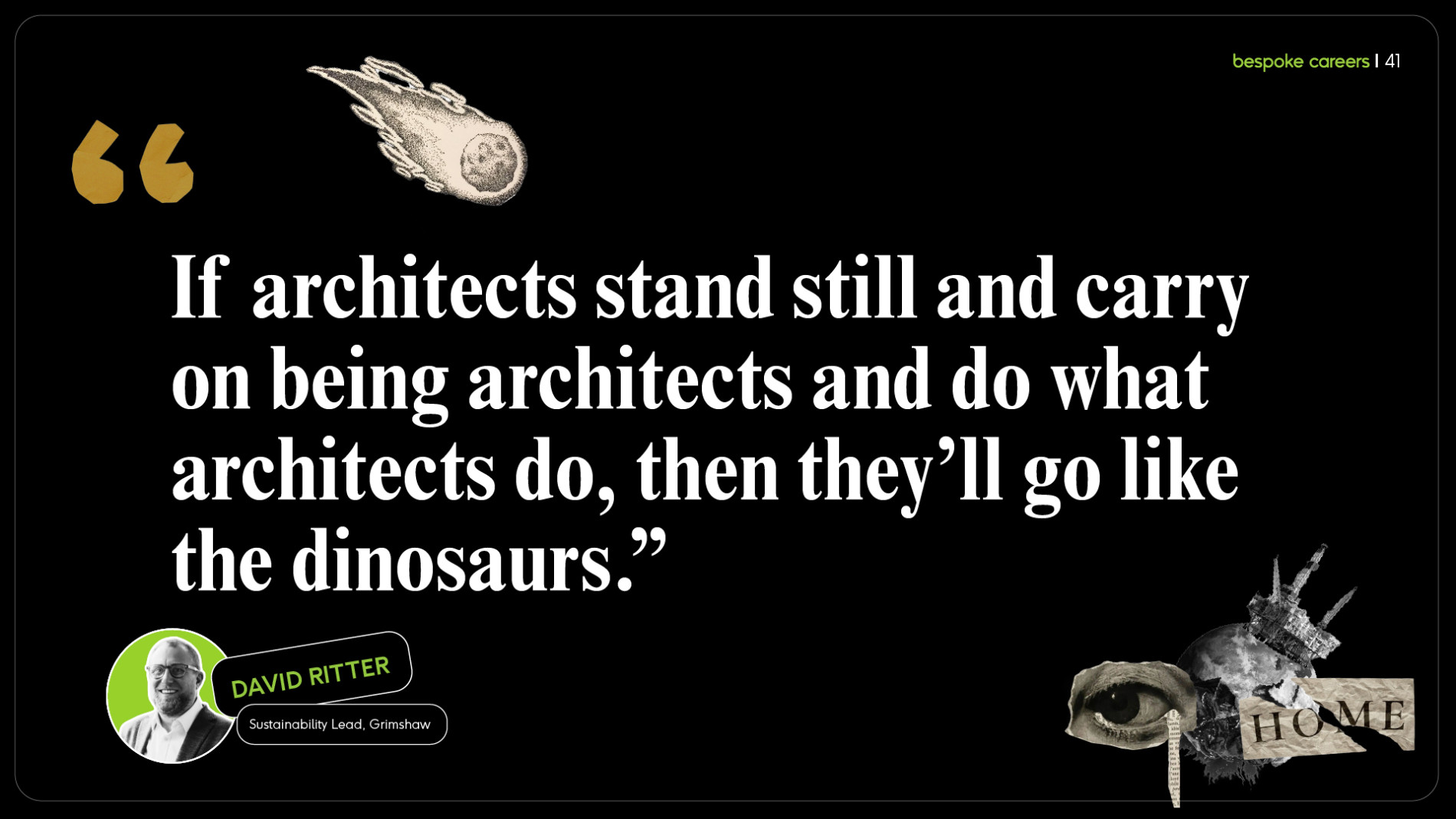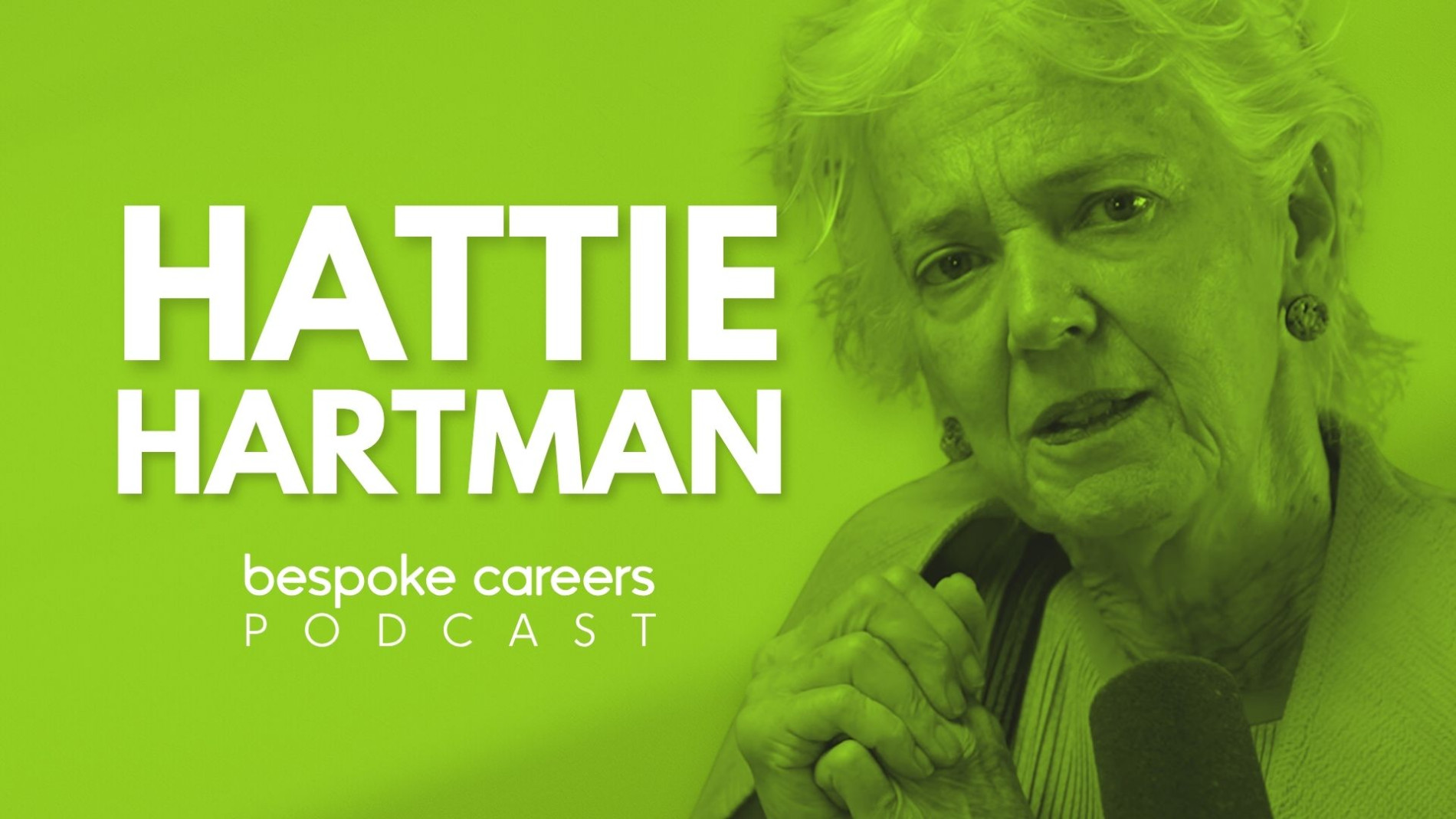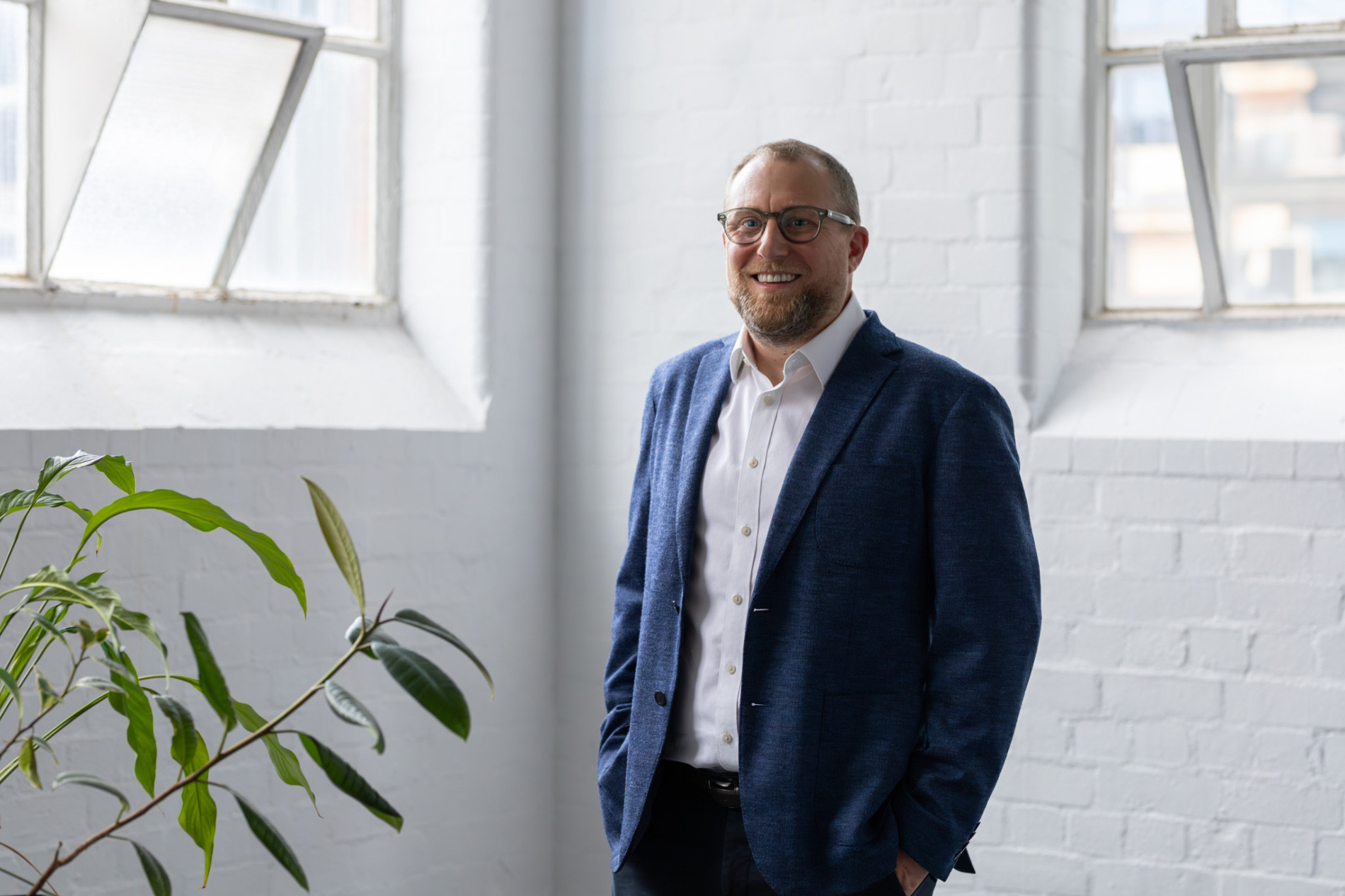
David Ritter: Architects Must Evolve or Go Extinct
David Ritter on systems thinking, making sustainability non-negotiable from day one, and the skills architects need by 2030.
As part of the Bespoke Careers State of Sustainability in Architecture and Design 2025 Report and Handbook, Editor Hattie Hartman sat down with six pioneers leading the space.
Based in Melbourne, David Ritter joined Grimshaw as sustainability lead for Australia and New Zealand in early 2024, after almost 9 years at Atelier Ten. He is trained both as an architect and as a building services engineer. He is passionate about environmental design education and has taught extensively over the years.
Download the report
Was there a light bulb moment when you engaged with sustainable design?
DR: I completed my three years in Cambridge in the mid-90s and it was a recession back then so I took a break and taught English in Japan. I got very interested in sustainability when I lived in Tokyo because it blew my mind how much energy and resources were consumed by this vast city.
When I came back, I did a really interesting Masters at the University of North London co-taught by an engineer and an architect. They got us to do all sorts of weird and wonderful things like measure invisible aspects of our environment (thermal or air movement or light) and translate them into designs. Since then, I’ve always had an interdisciplinary career pathway.
What’s your elevator pitch on what sustainable design means to you?
DR: It really means systems thinking. It’s a climate and biodiversity emergency. We need to address structural systemic issues, particularly around circularity and energy and carbon resilience that work with nature and regenerative systems. Sustainability has become much broader.
Our survey shows that 87% of architects and designers feel they have to compromise their sustainability values at work. Does this surprise you? Have you ever had to do this, and if so, how did you manage it?
DR: No, it doesn’t surprise me at all. The approach has to be to get people in the room to look at a problem and derisk it so that innovation can be delivered. Another approach is to embed sustainability in the vision of a project at the very outset, so that it’s really at the core and you can’t pull it out. Early design stages are critical for embedding the big moves.
Only 11% of architects and designers feel their firm’s public sustainability messaging completely aligns with its actual practices. So what’s your take on these numbers?
DR: These statements about sustainability performance of the practice are often aspirational, trying to spearhead better performance. So it’s not surprising that the majority of people feel that practices are falling short of what is stated publicly.
95% of survey respondents say that sustainable design is a factor when they’re looking at job opportunities, and 73% say it’s ‘very important or a deal breaker’. Does this reflect what you’re seeing?
DR: It’s certainly something that staff surveys at Grimshaw have highlighted, that sustainability is really important.
What sort of sustainability upskilling do you think mid career architects need?
DR: Certainly knowledge around the certifications, such as Green Star and NABERS.
Leadership and the soft skills for advocacy and collaboration are crucial – knowing how to work with clients and put forward a bold and ambitious sustainability vision and with engineering colleagues in a way that is collaborative and collegiate to achieve ambitious targets.
It’s also important to understand the process: what kind of communication lines and workshops and ways of working together should be implemented.
I don’t see that every architect is going to be doing environmental analysis, or necessarily have a deep knowledge of building physics calculations. What architects need to be able to do is be light footed and demonstrate in the early design stage the smarts and the skills to show that projects are going in the right direction.
What do you see as the most important sustainable design skills architects will need to have by 2030?
DR: Architects need to develop their Leadership skills around systems thinking combined with entrepreneurial skills around how the business can change. climate change is happening. In Australia, we’ve had repeated flooding, over the last few years, and you just won’t be able to get insurance for real estate. Architects need to understand resilience. We need to develop local and more circular supply chains because the world as we know it is being disrupted.
What does Grimshaw look for in hiring?
DR: We’re primarily looking for a design attitude, a mindset, and capability to be a good architect and deliver on projects, but a really good set of skills and experience in sustainability would be a real cherry on the cake.
What’s a perfect candidate from a sustainability lens?
DR: This is someone who has experience on a project and is able to demonstrate how they met or exceeded a client’s sustainability goals, because you then get the sense that that person can tie the objectives or targets to what you need to do to get there, and how hard and challenging it can be. If they don’t have project experience, they could show innovative thinking in a university project – how they pushed an idea and tested it.
It’s also interesting to know if an applicant is engaged with industry in any meaningful way; there are loads of sustainability organisations out there.
Are they passionate? That shows that whatever they do, they will be really motivated to carry it through.
What’s one actionable step that could be implemented tomorrow to embed sustainable design into the hiring process?
DR: Companies need to develop a culture and a structure around training and mentoring for sustainability. That should be visible in the practice’s culture so that anyone who wants to apply could see it.
Given what you see in the next generation of designers coming through and amongst your colleagues, how optimistic are you about the future of the profession?
DR: The profession needs to adapt. Young practitioners coming forward need a more versatile mindset around what architecture could be in the future. A notable example in Australia is Breathe Architects who have developed the Nightingale model to address the housing crisis, mucking in and tackling a systemic problem.
If architects stand still and carry on being architects and do what architects do, then they’ll go like the dinosaurs.

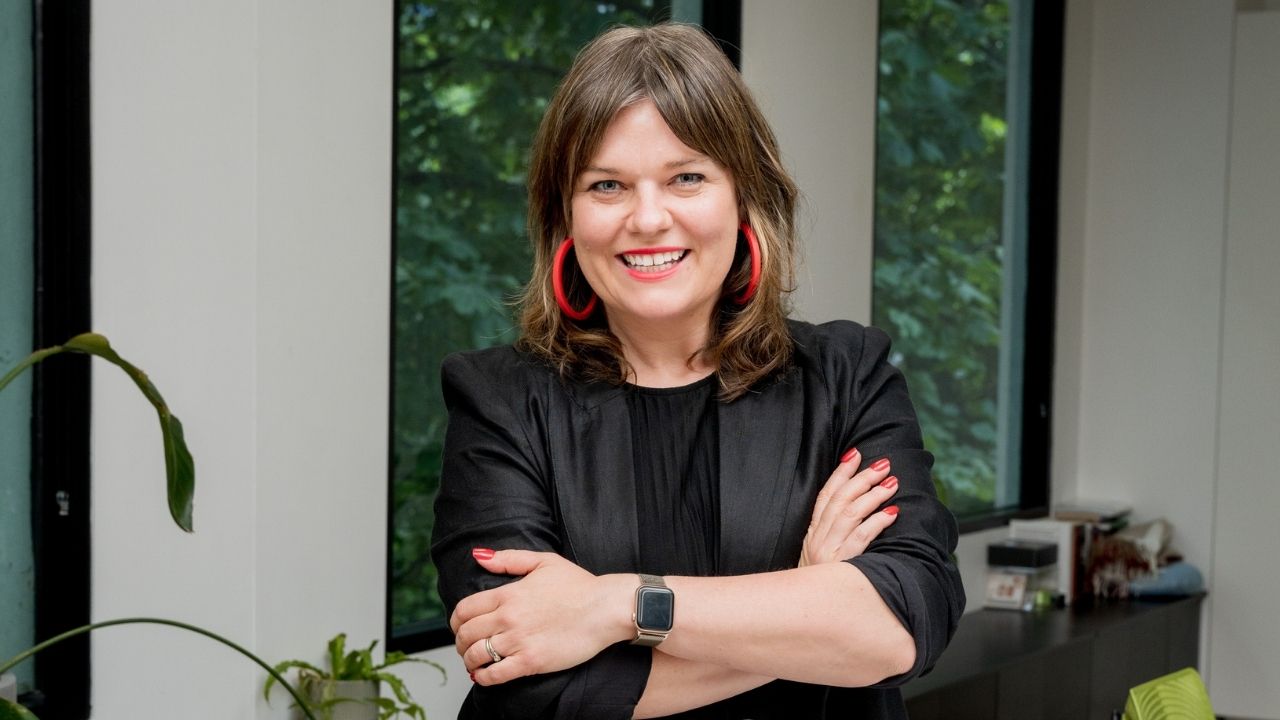
Looking to hire top talent
 or advance your career? Let's talk.
or advance your career? Let's talk.
We connect exceptional firms with talented professionals.
Let’s discuss how we can help you achieve your goals. Get in touch with the team today.
Related Posts

All designers want to make the world a better place. It’s in their DNA. But what happens when that ambition clashes with reality? How does that clash shape the jobs that we take, the people that we hire, and the careers that we build in 2025 and beyond?
Grimshaw’s Group Managing Partner reflects on his career in architecture and the culture that has shaped his work.
The Bartlett Ball 2025
Celebrate architectural creativity and innovation at The Bartlett Ball 2025, showcasing student work and fostering networking.
